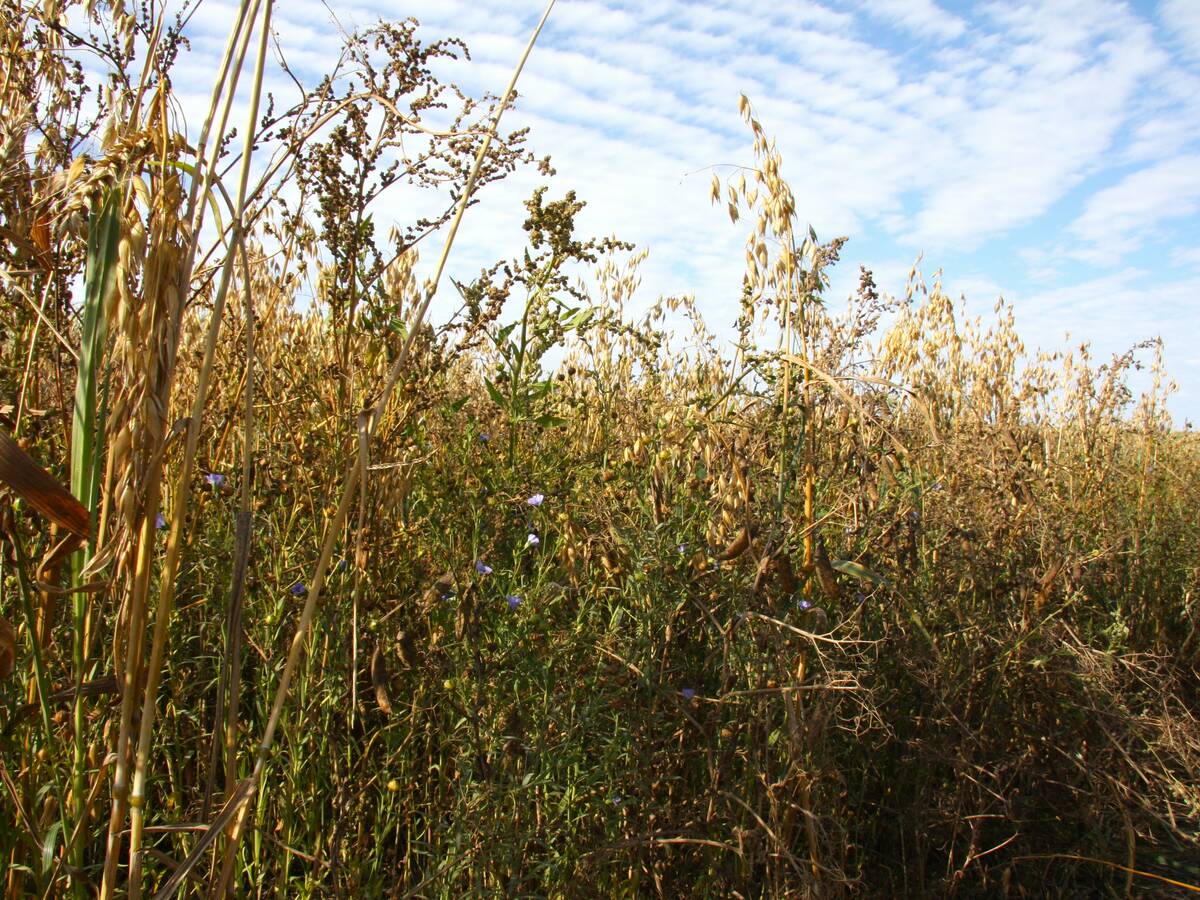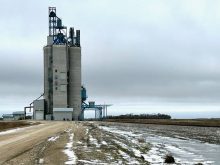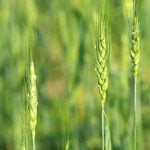CWB Ltd. is buying handling facilities, but some farmers are wondering who’s paying the bill.
CWB announced last week that it would purchase Mission Terminal, Les Élévateurs des Trois-Rivières and Services Maritimes Laviolette for an undisclosed amount. Some have concerns that the former Canadian Wheat Board’s contingency fund, which farmers claim as theirs, will bankroll the government-owned grain company’s privatization.
The contingency fund was created in 2001 to backstop the now-defunct Producer Payment Options. Surplus earnings from hedging and related activities were used to offset hedging losses.
Read Also

PepsiCo nearly doubles regenerative scope
Another 240,000 farm acres managed through regenerative agriculture will be supported by PepsiCo across Manitoba and Saskatchewan by the end of 2025.
The deal, to be completed by year’s end, is being financed through CWB retained earnings and non-government guaranteed borrowing, CWB president and CEO Ian White said in an interview.
Federal legislation requires CWB Ltd., created when the Canadian Wheat Board’s marketing monopoly ended, to either privatize by 2018 or wind down.
Some farm leaders, including Keystone Agricultural Producers (KAP) president Doug Chorney, worry the contingency fund is being misused.
“They (federal government) should be paying for this (purchase), not farmers,” Chorney said in an interview. “That’s an opinion I’ve heard a thousand times from all farmers I’ve talked to.”
“We’re certain that money is not farmers,’” White said in an interview. “I know that farmers felt that was their money but in actual fact it was never their money. It wasn’t quite right to be saying at the time that it was their money. There was always a view put around that the CWB was farmer owned, but in effect the CWB was farmer controlled by a board of directors. The ownership was always ultimately with the government.”
According to former farmer-elected wheat board director Stewart Wells, the contingency fund belongs to the farmers.
“Every cent of that money was made because of grain sales made for farmers,” Wells said. “It was made in the normal operations that the wheat board had marketing grain from western Canadian farmers. Period.”
Grain Growers of Canada president Stephen Vandervalk said his personal view is that the money is farmers’.
“There was a precedent for that because they (wheat board) did give some money back… when they had too much (in the fund),” he said. “It’s pretty hard for them to say it’s their money when the one year they did give it back (to farmers).”
That was in 2005 when the fund exceeded the $60-million cap by $7.5 million. Later the cap was increased to $200 million.
However, Vandervalk said he is so pleased the government ended the wheat board’s marketing monopoly, he is willing to forgo the contingency fund money.
“I contend overall most farmers are happy with the final outcome and we want a strong competitor out there in the CWB and to do that they need some export capability because they’re struggling to get into the West Coast,” Vandervalk said.
The Western Canadian Wheat Growers Association holds a similar view, said president Levi Wood.
“If we can’t get equity out of the CWB it’s important to note that at this point as farmers we’re benefiting from an open market as well as having the CWB being a strong competitor in the market,” he said.
Varied assets
Mission Terminal’s assets include a 136,500-tonne-capacity grain terminal at Thunder Bay that handles about 1.5 million tonnes of grain a year. It owns a 5,800-tonne-capacity primary elevator at Alexander, Man. Mission Terminal has equity in three producer-car loading facilities: White Mud Trading Co. at Frontier in the southwestern corner of Saskatchewan, Willows Grain Co. at Willows, Sask., and the Boundary Loading Group of four facilities on the Boundary Trails Railway line in southern Manitoba.
Mission Terminal has equity stakes in five short line rail operations: the Great Western Railway, Great Sandhills Railway and Long Creek Railway in southern Saskatchewan and the Boundary Trails Railway Co. and Lake Line Railway in Manitoba.
Les Élévateurs des Trois-Riviéres (ETR) has a transfer elevator on the St. Lawrence River, which handles about six million tonnes of grain a year and can also handle alumina (aluminum oxide) and fuel coke.
Services Maritimes Laviolette provides stevedoring and related services for ETR.
“This is a very good fit for us,” White said of the purchase.
“It’s part of what we hope to have as a network of assets across Canada. It provides us with a growth opportunity.”
The companies the CWB is buying will operate as subsidiaries under existing management and staff, including Adrian Measner, the Canadian Wheat Board’s former president and CEO and now head of Mission Terminal.
In September the CWB announced it would give farmers $5 of equity in the future privatized CWB for every tonne of grain sold to the current CWB. White said because of the high cost of creating a new grain company, the CWB will also seek capital from sources other than farmers.
The Western Grain Elevator Association doesn’t oppose the CWB’s purchase because the financing isn’t government subsidized, said executive director Wade Sobkowich.
“We support competition in the grain business and this shows how competitive it is,” he said. “It’s too bad there isn’t the same level of competition in the rail industry.”
















